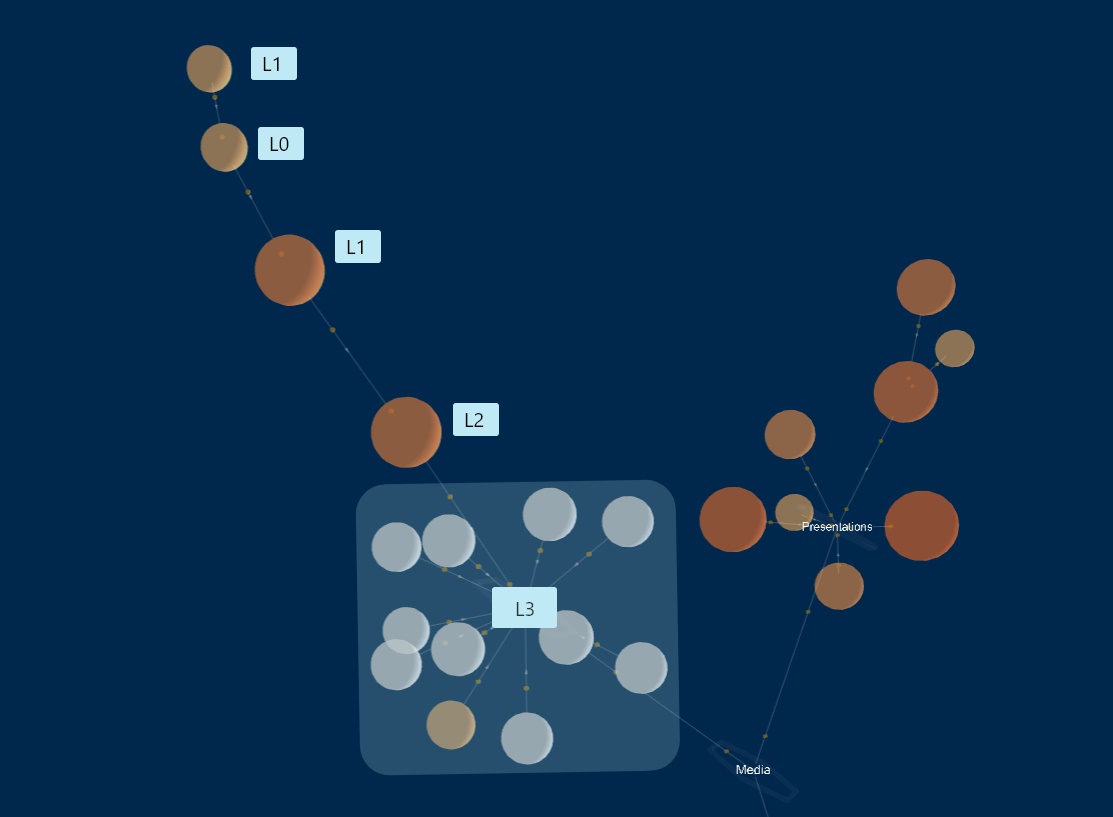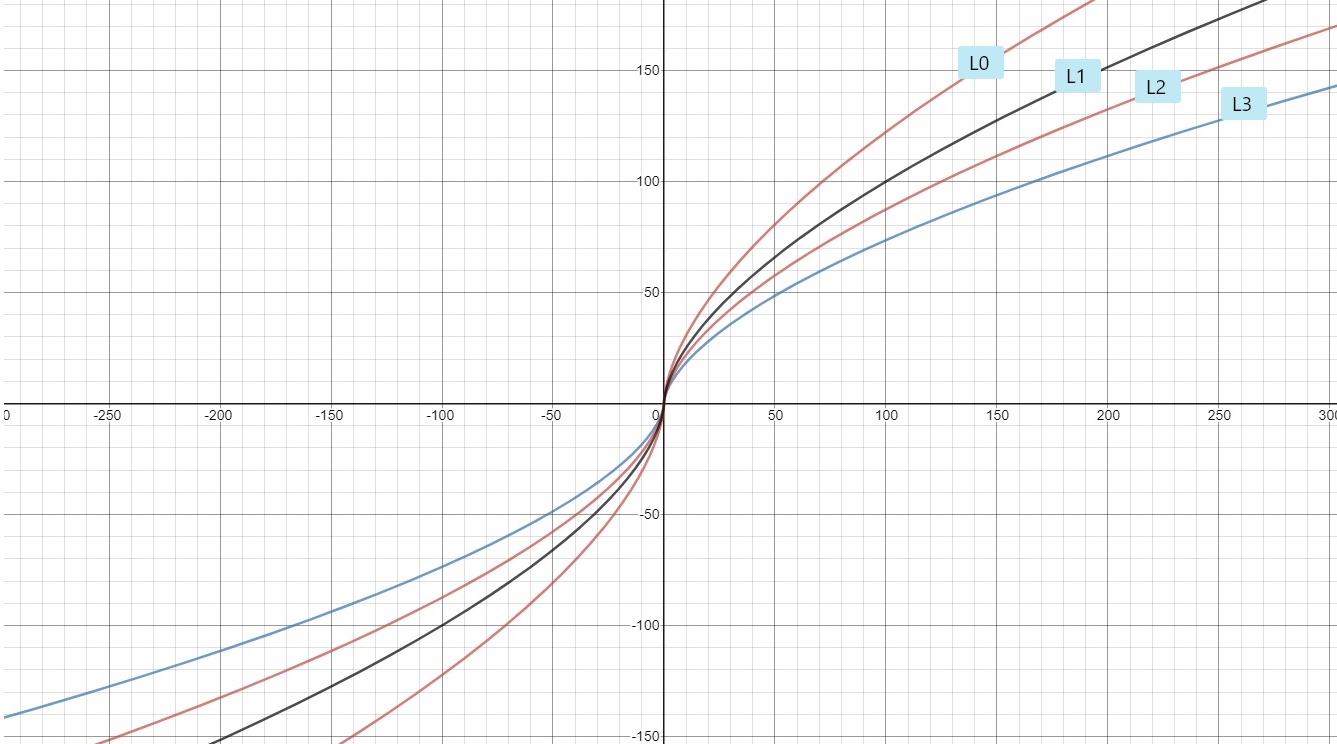Outline
Media content is scattered across the web with few clear connections. Inspired by nature, The HIVE protocol is a decentralized platform that seeks to interrelate many of these lost dots. To archieve that ambitious goal, we utilized a toolbox of Bitcoin SV microtransactions, timestamping and storage to incentivize the creation of content node based knowledge networks.
In the following sections we outline the implementation details of Hive, and provide coding samples to start your own hive protocol based platform. The open HIVE protocol can both be used as relational content curation tool for news agencies and platforms, or used by 3rd parties to build machine learning based analysis and prediction models.
Introduction
The HIVE protocol acts as a “beehive” to connecting information - where each individual adds connections and new information or other media. Each “hive” represents a topic object on the blockchain, that contains descriptive information about the creator, the topic, owner wallets and activity status. Adding the atomic elements of the HIVE protocol directly to the chain (other than hashes) ensures a trans-platform openes of data without 3rd party servers. Following the steps below introduces each component, formalizes and specifies the op_return data and lays out the foundations of the incentive model.
Component Definitions
hives
Hives are "topic themes", that ensure that discussions and connections are directed towards the understanding specific situations, debates and topics. While the protocol is generally open, those sub specifications were deemed neccessary go give the user and content creator a specified context.nodes
Nodes can be created by either users or specified content creators, and contain the aggregated information in form of a reference link (either as url or to a bitcoin data location). Nodes thus often contain media articles, videos, tweets and other shareworthy content. The specialty of nodes in the hive protocol (other than just posting items on timelines) is that each node is connected to either another node or a topic, and thus always putting the content in a specified context of discussion. Furthermore, the model allows other users to attach to your content node to expand or counter the presented narrative to ultimately gain further, unbiased insights. Each node creation costs a few cents that are send to the node one attaches to, and their surroundings to create a "growth environment" with expected rewards. Once a node then attaches to yours, or your node was liked, you recover those costs and make a win (similar to bitcoin mining itself, where honest miners earn delayed, but consistently).likes
In the hive protocol, we wanted to ensure that a "like" is more than a tip, but rather a subscription to content. To not only support the creator and his peers who create the content, but also benefit receiving notifications when nodes get attached to liked content, and thus keeping track of new developments in that topics (and over time learning of all perspectives). The like incentive allows node creators to connect to popular nodes, and expectingly receive a share of those likes over time, and thus enriching the experience of those who want to learn more about that specific topic (content, that might then just be created for them by demand).pulses
A pulse is a bit of the heartbeat of the system. Every time a user creates a node, it has 2 or more "pulses", that are triggered every 10 minutes. The pulse is a "future" reward distribution to all surrounding nodes which creates a "reasonable reward expecation" (RRE). The reward expectations can thus further incentivize more content creation, and is generally created by either the node creator (to ensure to get closer to the center of a node cluster), or by users that want to see certain sections expanded. Since the information of remaining pulses is shared on chain, users of various platform can catch those "signals" and create new nodes around the topic (since their initial node creation investion is offset by a higher reward expectation).Connections
The main ambition of the protocol is to bring various perspectives of topics together in a economically incentivized way. We thus decided to integrate a relationship distance based reward system (shown in Figure 1), where closer connected nodes earn more of the shared rewards they receive. Each like redefines the L0-Ln layers, whereas the liked node is the origin (L0) of the reward distribution. The system thereby not only rewards similar content fairly (even though it does not support ones own perspective), but also amplifies future content creation in those sub topics of interest

Figure 1: Definition of node layers in a hive networks. The graph indicates naming scheme starting at the L0 node (the active node), and its decreasing reward sharing to the L1-Ln nodes.
Incentive Model
Variational Rewards
The Hive protocol incentive model ensures that content is always relational to other content or topics, and thus creating growing knowledge graphs. The growths of content is incentivized
by Bitcoin SV micro transactions, where not only the creator of the liked content is rewarded, but also his contextual environment.
Rewarding the contextual environment helps to critically
analyse popular content, even if the analysis itself is often less popular. As second side effect, it leads to the connection of contrary perspectives, even though supporters of the initial
node might be directly supporting the second node due to the indirect reward sharing (and thus preventing bubbles).

Figure 2: hyperparameter space of the variational rewards to the surrounding layers defined by R(x) = (x*(1400 - n*400))^z+b. In the graph, the Layers are marked (see figure 1) to visualize their relative reward.
User interaction cost
Here we show in the simplified graph how the cost per like/node creation wise with the cost coefficient "x" and the number of connected nodes "a": c(x,a) = sum(n = 0...n) x*a^n*(1400 - n*400). While the parameters in the formula are independend, there is a direct influence of cost "x" on the interaction and creation "a". In the following we have to identify the optimal parameter set between the spam protective incentive model and the user interaction cost is. An advantage of the here presented reward sharing model is the disincentive to further add content to populated dense node clusters and instead incentivizes the branching out in more specified clusters.

Figure 2: User like and node creation cost simulated depending on the population density of nodes. Since high density clusters have increased cost, users will try to branch to other nodes. With low node density, the cost is close to 0 (thus incentivizing interaction and content creation) and polynomially increases at higher node cluster densities.
Protocol Specification
Hive
| Layer | Attribute | Type | Description |
|---|---|---|---|
| s0 | "HIVE | string | Blockchain Protocol identifier |
| s1 | "hive" | string | Hive Protocol type identifier |
| s2 | title | string | Title of the hive |
| s3 | description | string | Description of the hive |
| s4 | image url | string | A https link or bitcoin destination to the hive preview image |
| s5 | hive ID | string | A unique identifier (uid) of the hive |
| s6 | creator uid | string | The unique user identifier (uid) of the user that created that hive. The key must to be persistent, but allowed to be deterministic |
| s7 | hdPubKey | string | A BSV HD public key of the creator of the hive. |
| s8 | topic | string | The free of choice topic category of the hive |
Node
| Layer | Attribute | Type | Description |
|---|---|---|---|
| s0 | "HIVE" | string | Blockchain Protocol identifier |
| s1 | "node" | string | Hive Protocol type identifier |
| s2 | title | string | Title of the node |
| s3 | description | string | Description of the node |
| s4 | image url | string | A https or bitcoin destination to the node preview image |
| s4 | node url | string | A https link or bitcoin destination to the content of the node |
| s5 | node id | string | A unique identifier (uid) of the node |
| s5 | hive id | string | The unique hive id the node is attached to |
| s6 | creator uid | string | The unique user identifier (uid) of the user that created that hive. The key must to be persistent, but allowed to be deterministic |
| s7 | hdPubKey | string | A BSV HD public key of the creator of the hive. |
Like
| Layer | Attribute | Type | Description |
|---|---|---|---|
| s0 | "HIVE" | string | Blockchain Protocol identifier |
| s1 | "like" | string | Hive Protocol type identifier |
| s2 | node id | string | A unique node id |
| s3 | hive id | string | The unique hive id the node is attached to |
| s4 | creator uid | string | The unique user identifier (uid) of the user that created that like. The key must to be persistent, but allowed to be deterministic |
| s5 | hdPubKey | string | A BSV HD public key of the creator of the pulse. |
Pulse
| Layer | Attribute | Type | Description |
|---|---|---|---|
| s0 | "HIVE" | string | Blockchain Protocol identifier |
| s1 | "pulse" | string | Hive Protocol type identifier |
| s2 | node id | string | A unique node id |
| s3 | hive id | string | The unique hive id the node is attached to |
| s4 | creator uid | string | The unique user identifier (uid) of the user that created that pulse. The key must to be persistent, but allowed to be deterministic |
| s5 | hdPubKey | string | A BSV HD public key of the creator of the pulse. |
| s6 | pulse counter | integer | A counter indicating the current number of pulses released from that same pulse. [starts at 1] |
| s7 | total pulses | integer | The total amount of pulses released in that pulse [starts at 1] |
Implementation
At the core of the hive protocol is the incentive model and its reward distribution. As shown in the Javascript + ES6 example below, the connected nodes can be crawled by mapping and pushing connected link elements (as indicated in the specifications). Platforms that enforce the incentive system best will gain a competitive advantage as their networks grow fastest, as quality and creation is over-proportionaly rewarded.
Transaction Output Array Generation:
After creation the tx array, the hive node or like can be pushed to the chain via a library of choice. For scalable applications, the TXOs need to be manually handled and can either be done by one of the many BSV node API providers (whatsonchain, blockchair, nownodes) or via own listener node. Raspora.com uses filepay to generate the tx bundle and pushes it directly via the miner API to a miner of choice.
Generating TX Bundle
Transmitting the bundle via miner API
In our example, we choose the axios npm library due to broader browser support compared to the browser internal 'fetch' method and more detailled error handling and timeout functionalities.
In later revisions of this protocol, we will give full implementation details and potential packages to seamlessly integrate with the decentralized, open BSV HIVE Protocol.
Protocol Extensions
- While not currently published, we also defined a meta protocol that connect hives (meta layer to connecting nodes) to represent a high dimensional interactive global knowledge source.
- Due to the integration of hdpublic keys into all interactions (such as likes & pulses), earlier identifier of valuable information could be rewarded for their efforts to seperate "noise" from "signals". Main concern is regulatory compliance as it promises future rewards.
Acknowledgement
I would like to hereby thank members of the Cambridge Metanet Society for countless incentive model discussions, the Bitcoin Association for their repeated support and the members of the Raspora dev team for transforming the abstract concept protocol concept into a real world platform